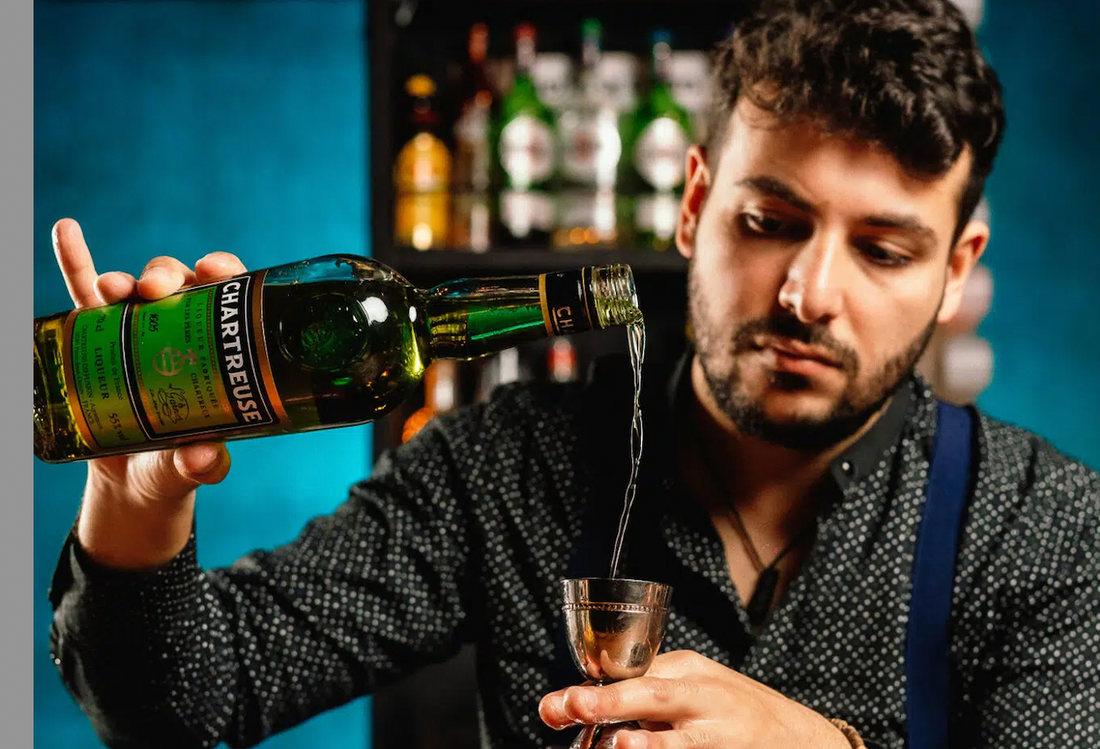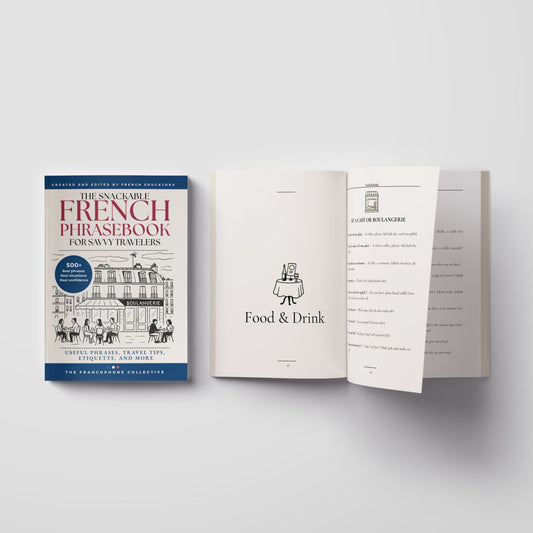
The beginner's guide to French spirits: chartreuse
Chartreuse, the mysterious French liqueur with its neon hues, is a staple in cocktail culture worldwide. The beverage is made up of 130 herbs and botanicals and is one of the few liqueurs that gets better with age. Produced in Voiron, France, Chartreuse is distilled in copper pots and aged in charred French oak -- a recipe that's currently only entirely known to two Carthusian monks today.
How does it get its colour?
The color of Green Chartreuse comes from chlorophyll, while Yellow Chartreuse gets its pigment from saffron. Yellow Chartreuse is slightly sweeter than Green Chartreuse, which has a more herbal and vegetal taste with hints of lime, citrus spice, and fresh herbs. Both beverages have a unique taste profile that can be enjoyed in various ways.
The Carthusian Monks created the recipe for Chartreuse in 1737, from a recipe found by Franà§ois Annibal d'Estrées in 1605. The botanicals used in the production of Chartreuse range from citrus rind to thyme and saffron, among others.
Read also: From chartreuse to pastis, here are 6 alcoholic spirits created in France
What types of chartreuse are there?
There are five other versions of Chartreuse available in the market: Chartreuse VEP, à‰lixir Végétal de la Grande-Chartreuse, Liqueur du 9° Centenaire, Génépi, and Cuvée des Meilleurs Ouvriers de France. Chartreuse VEP is aged for a longer period in oak casks, while the à‰lixir Végétal de la Grande-Chartreuse is distilled to a higher ABV of around 70%. The Liqueur du 9° Centenaire is a slightly sweeter version of Green Chartreuse created to celebrate the original abbey's 900th anniversary.
Génépi, named after a local term used to describe homemade liqueurs in Alpine areas of France, is almost only found in eastern France and is bottled at around 40% ABV. The Cuvée des Meilleurs Ouvriers de France, produced in 2007 in partnership with the MOF Sommeliers, is a variation of Yellow Chartreuse and clocks in around 40% ABV.
How is chartreuse enjoyed?
Chartreuse can be enjoyed in a variety of ways. If sipping solo, it should be served very cold. The strong herbal flavors of Chartreuse are perfect for cocktail creations and complement an array of spirits. In the Alps, Green Chartreuse is frequently used to create Green Chaud, a homemade hot chocolate mixed with the liqueur. With its distinctive taste and versatility, Chartreuse has gained popularity among hospitality workers and cocktail enthusiasts worldwide.




